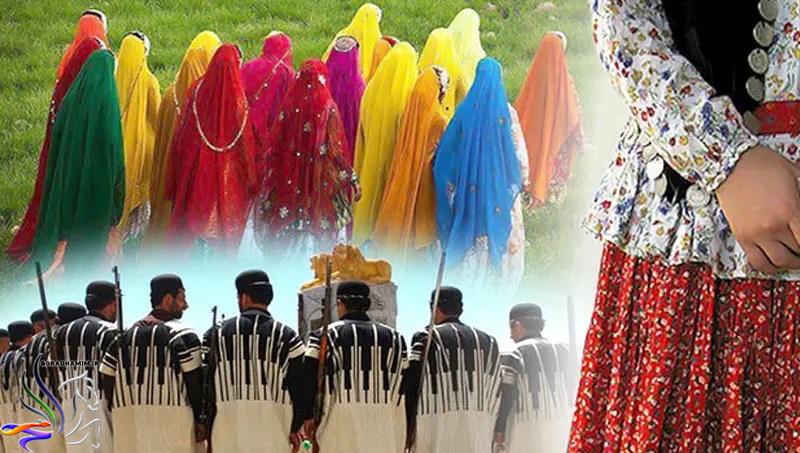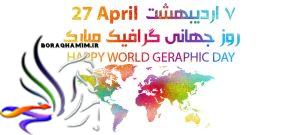Iranian and Islamic attire is a reflection of cultural and religious values prevalent in Iran, influenced by Islamic teachings and the unique history and traditions of the region. Here’s an overview of Iranian and Islamic attire:
1. Traditional Iranian Attire:
– Men: Traditional clothing for men often includes a long shirt (called “qameh” or “pirahan”) paired with baggy trousers (“shalvar”). A coat known as “qaba” might also be worn, especially in colder regions. Men may also wear a hat called “kolah” or a scarf.
– Women: Traditional women’s clothing typically comprises a long tunic or dress (“kameez” or “robe”) accompanied by wide trousers (“shalvar”) and a headscarf. An outer cloak called “chador” is worn for modesty in public.
2. Islamic Dress Code:
– Men: Islamic attire for men involves modest clothing, avoiding tight or revealing garments. It includes wearing loose-fitting shirts and trousers, with some men opting for a long shirt (“thobe”) or a robe.
– Women: Islamic dress for women emphasizes modesty and privacy. It commonly includes a headscarf (hijab) to cover the hair, and for further coverage, a loose-fitting, full-length garment such as an abaya, jilbab, or chador.
3. Modern Adaptations:
– Iranian Fashion: In recent years, Iranian fashion has evolved to blend traditional and contemporary styles, incorporating diverse fabrics, designs, and international influences while respecting Islamic guidelines on modesty.
– Islamic Fashion: Modern Islamic fashion encompasses a wide array of styles and designs, providing trendy yet modest options for both men and women. It promotes a balance between religious values and fashionable attire.
4. Regional Variations:
– Different regions in Iran may have their own distinct traditional clothing styles influenced by their climate, culture, and historical backgrounds.
– Similarly, Islamic attire can vary across regions based on cultural interpretations of religious guidelines, resulting in diverse styles and designs.
Both Iranian and Islamic attire prioritize modesty, decency, and adherence to Islamic principles. They aim to reflect cultural heritage, religious beliefs, and a sense of identity, while evolving over time to accommodate contemporary fashion trends and individual preferences.






More Stories
Analysis of spring and summer in 2025 trends by Pascaline Wilhelm
Clothing with Iranian Brand
10 attractive and practical men’s styles for the cold months of the year